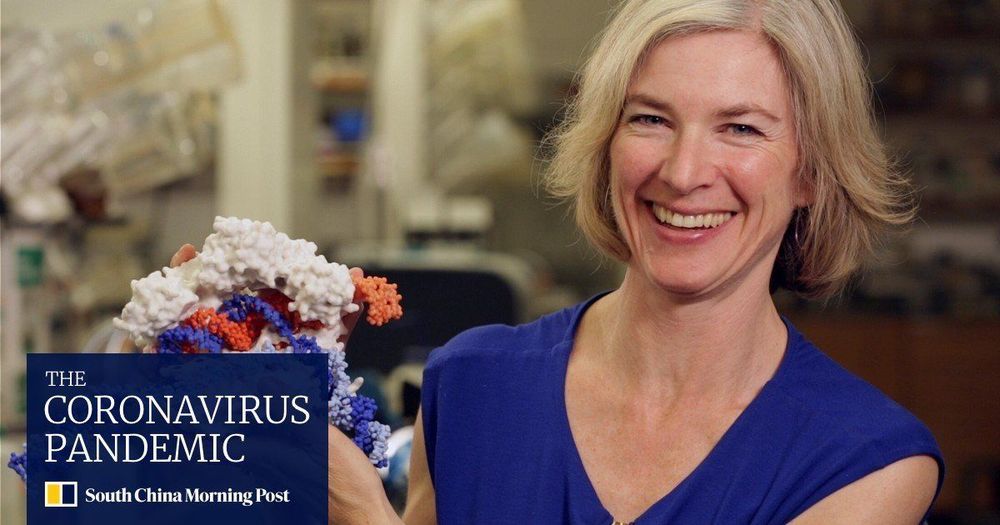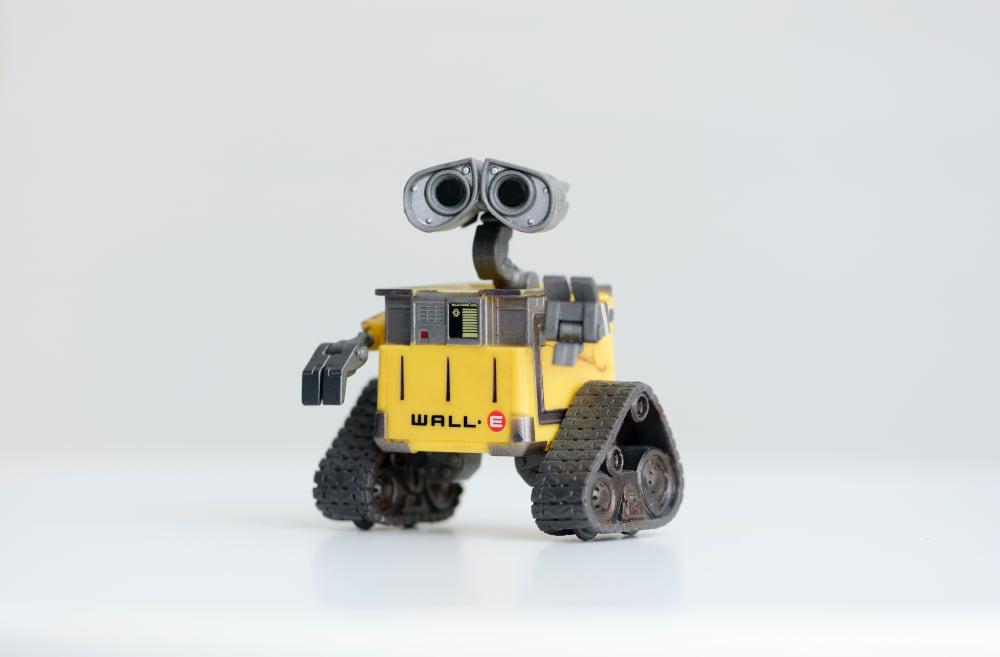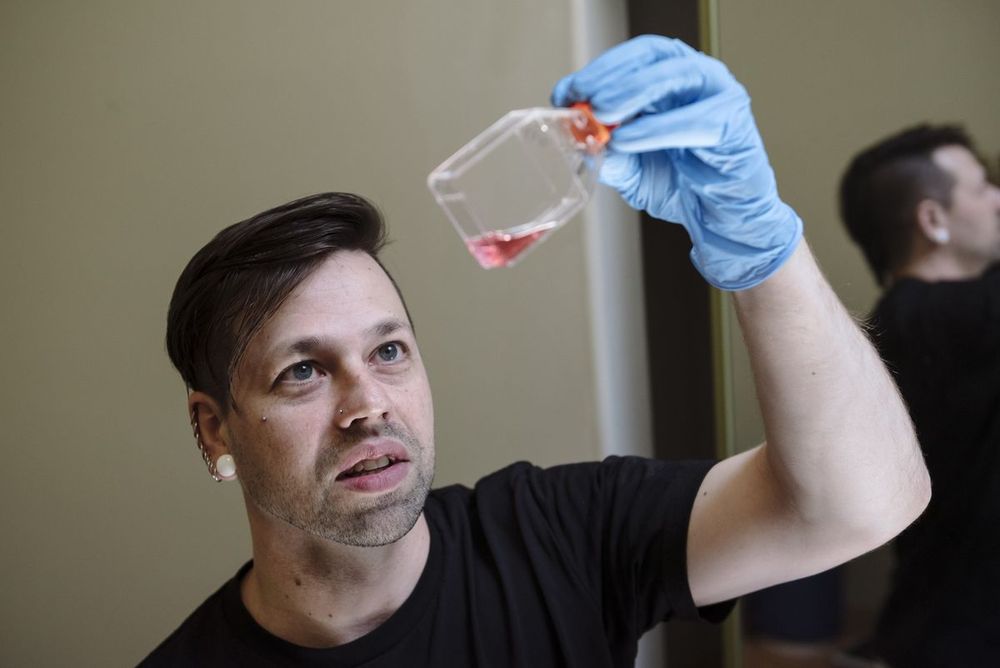California-based researchers develop a test that can detect the coronavirus using gene-editing technology and a modified mobile phone camera.




The long-term goal is to get UN guidelines picked up as national licensing regulations.
Astronomers have studied the megaconstellation threat, alerted the public about it and helped satellite operators dim their spacecraft. But some scientists are now taking another step, one that they hope will have even more significant and lasting effects.

An online app called Amica is now using artificial intelligence to help separating couples make parenting arrangements and divide their assets.
For many people, the coronavirus pandemic has put even the strongest of relationships to the test. A May survey conducted by Relationships Australia found 42% of 739 respondents experienced a negative change in their relationship with their partner under lockdown restrictions.
There has also been a surge in the number of couples seeking separation advice. The Australian government has backed the use of Amica for those in such circumstances. The chatbot uses artificial intelligence (AI) to make suggestions for how splitting couples can divide their money and property based on their circumstances.

“Our DIY Covid-19 DNA vaccine showed neutralizing antibodies in all three individuals, Me, David Ishee Dariia Dantseva
That was exciting but our goal was to teach people how to test expression in human cells, perform ELISAs &c. and that was more important.
People wrongly think I am completely against the FDA. I’m not. They are good at what they do i.e. helping drug companies make money by making mass produced drugs that help the most amount of people and hurt the least amount of people.
The drug approval process is long and slow so people don’t get hurt. But in a pandemic, time equals lives lost and while they are moving fast on the FDA timescale it is slow on the human lives timescale.
Still there is so much more to drug development including individual outcomes that the FDA is terrible with.
If a drug can help me and only me there exists a huge gap.
We need to be open to medical doctors and scientists being involved in one off or risky treatments.


🚀💺🛰
NASA aims to travel to the moon again—and beyond. Here’s a look at the 21st-century race to send humans into space.

In this talk, professor Bell breaks down the very foundations of AI –viewed as an inescapable and univocal technology- and opens up a space for other truths and possibilities by visiting AI’s alternative stories in the past, present and future. By doing so, she claims, we might make room for a more sustainable, safe and responsible AI, and ultimately a more human-centric one.
Genevieve Bell is a cultural anthropologist and technologist who has spent her career at the intersection between places, people and things. From growing up in indigenous communities in Australia’s outback to Silicon Valley, from Stanford University and Intel Corporation back to Australia’s only national university, she has always questioned what it means to be human in an increasingly digital world. This talk was given at a TEDx event using the TED conference format but independently organized by a local community.